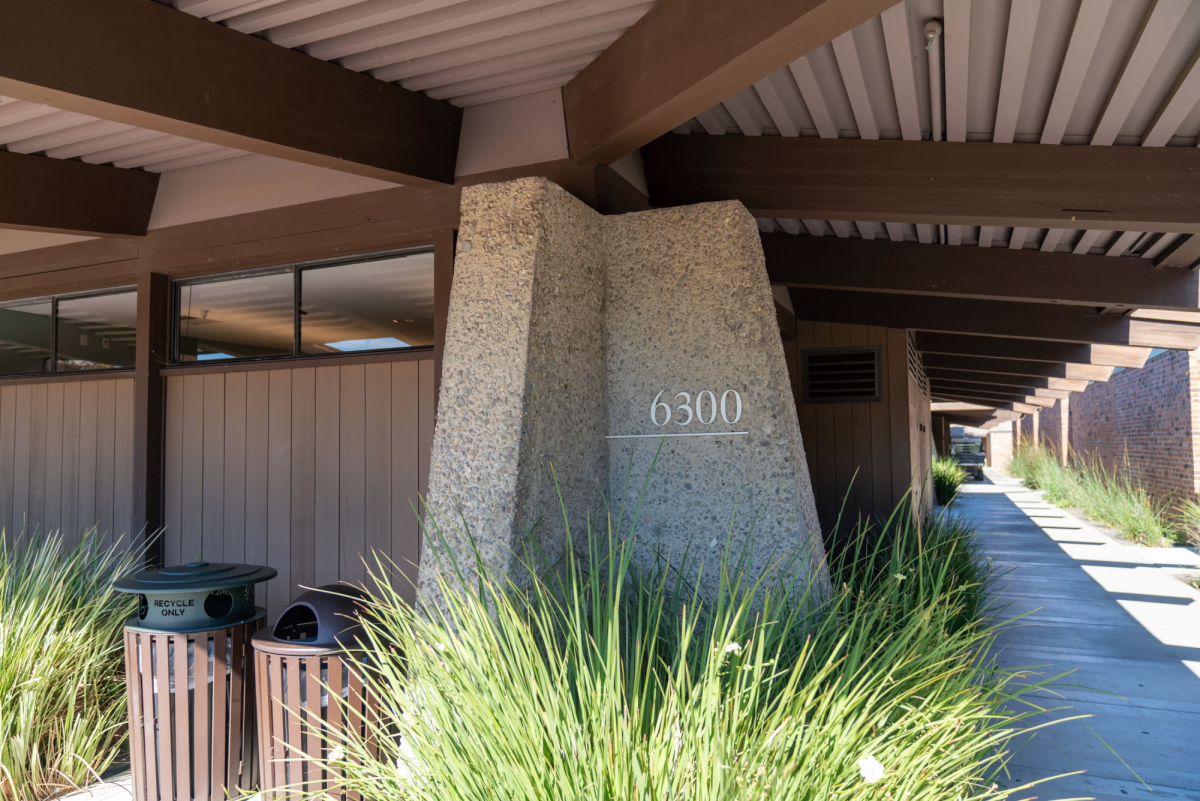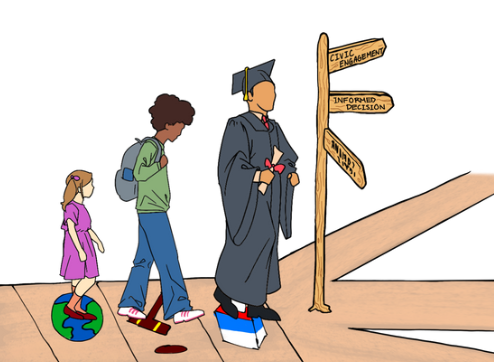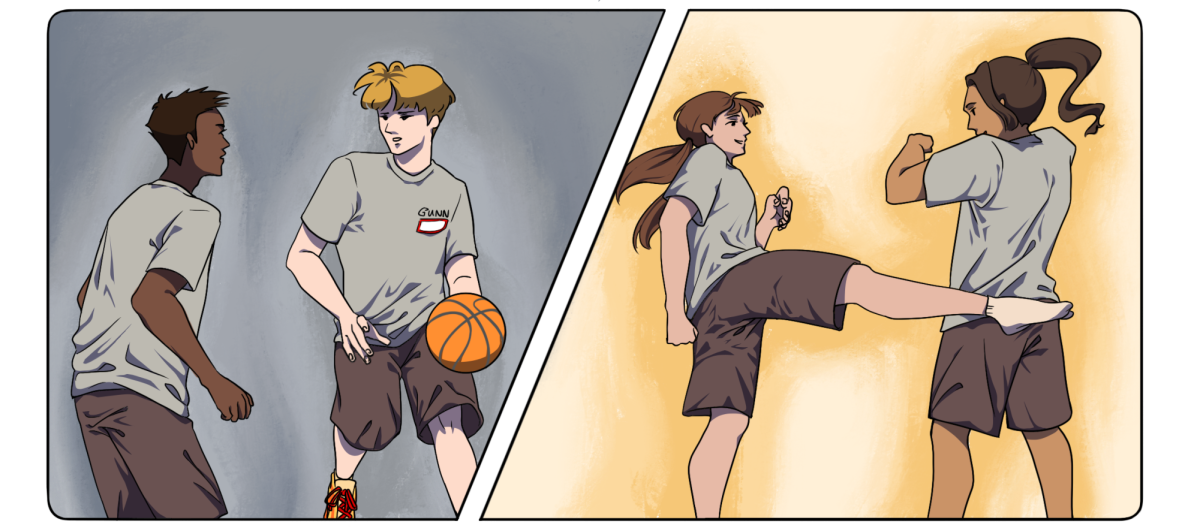Lately, several controversial articles have circulated social media, theorizing why Palo Alto experienced yet another suicide cluster last school year. While most student and alumni perspectives have been diverse and illuminating, pieces featured in professional publications such as “The New York Times” or “The Atlantic” tend to offer an incomplete part of our story. Instead of highlighting the ways our community has moved forward, these articles blame unsubstantiated causes, harmfully generalize the complicated subject of mental health and lack productive solutions to the problems they ascribe. They focus on dissecting the past for the sake of public intrigue rather than supporting our recovery by recognizing our town’s efforts to change the narrative.
Many articles have painted us as a stationary community stuck in the same demanding, high-pressure mindset—they blame potential causes such as affluence, extreme standards of academic excellence, parental or peer pressure to succeed and more. They often exclude profound research showing that mental disorder and/or substance abuse has been found in over 90 percent of people who die by suicide. Rarely do they mention our continued work to reduce mental health stigma through community education and increased dialogue. Although there is always room for improvement, these articles fail to capture the full picture of how we have actively united and taken concrete steps to understand and address the complexities of mental health. Many group initiatives—ranging from community collaborations to student- and school-led efforts—have been developed in hopes of promoting a safer, more aware environment. When nationally read publications fail to portray such decisively positive responses to a widely prevalent social issue, they risk leaving other communities hopeless about similar struggles.
When nationally read publications fail to portray such decisively positive responses to a widely prevalent social issue, they risk leaving other communities hopeless about similar struggles.
Palo Alto School District (PAUSD) has taken steps to begin mental health education at a younger age. In 2011, PAUSD implemented an elementary-level program called “41 Developmental Assets” to help students develop positive, healthy values. Programs like this that start the conversation about mental health early allow students to become comfortable talking about their wellbeing. Additionally, in cooperation with Caltrain, the City of Palo Alto will soon enact a plan to ensure greater safety around the rail corridor. They plan to install an Intrusion Detection System that can more quickly detect trespassing on the tracks, upgrade the eight-foot fencing and remove vegetation for improved visibility.
PAUSD now mandates Question, Persuade, Refer (QPR) training in Living Skills, a class required for graduation. These sessions teach high school students how to recognize warning signs of suicide, assist in questioning and comforting distressed peers and refer others to get help.
Our city authorities have proven to the community that they care. For example, Project Safety Net—a coalition between medical professionals, the City of Paly Alto, PAUSD and more—has drawn upon national suicide prevention research to develop a strategic plan for improving overall youth wellbeing and preventing suicide in Palo Alto. Project Safety Net’s list of frequently asked questions raises awareness about the community’s efforts and helps people better understand the situation. Better publicity for these proactive, timely measures can teach other communities how to start the conversation about mental illness and take tangible measures for prevention and recovery.
Most prominently, student voice continues to help reshape our community’s culture. Multiple campaigns and events have taken place this year to promote a positive mindset throughout Gunn and Palo Alto. Founded by graduates Mingming Caressi and Cat Volpe, the Alumni Dialogue Initiative (ADI) and the Gunn Student Wellness Committee have teamed up to administer panels hosted by alumni. They hope to foster communication between current and past students, allowing current students to receive guidance in maneuvering their way though Gunn and planning for life after high school while reminding students that high school and college aren’t the end-all, be-all.
Furthermore, Sources of Strength, The Oracle and the Reach Out, Care, Know (ROCK) club have been working together to promote the “#TitanStrong” campaign. Sources of Strength held an informational night for parents affiliated with both high schools to brief one another about the program’s teachings on building resiliency. The Oracle has debuted a series, “Changing the Narrative,” which features personal stories written by community members aiming to highlight the beauty of emotional vulnerability and reduce stigma of taboo topics. ROCK has continued its tradition of delivering free appreciation grams, through which students write encouraging notes to classmates and teachers.
While the positive impacts of these initiatives cannot be quantitatively measured, the cohesiveness and care they embody directly contradict the stressed atmosphere dramatized by several outside articles. Our school has an undeniably competitive atmosphere—one that affects most students, many negatively—but it in no way summarizes the Gunn experience.
Despite our multi-dimensional efforts to educate, respected publications have consistently overgeneralized the complicated subject of mental health. Suicide is a multifactorial phenomenon; it is a course of action taken almost always because of multiple causes, including potential undiagnosed disorders. Furthermore, the sensationalist ways in which these articles have reported our struggles, according to the American Foundation for Suicide Prevention, may increase the likelihood of contagion. Instead of giving details about the victims, research instead advises writers to focus on describing warning signs, advances in methods of treatment and strategies for overcoming suicidal ideation. Through including stories of hope and recovery, publications can reduce the risk of contagion and encourage those at risk to seek help.
Despite our multi-dimensional efforts to educate, respected publications have consistently overgeneralized the complicated subject of mental health.
As much as we want to comprehend the nature of suicides, the reality is that none of us truly understands why they occur. Every individual faces unique life experiences and one should remember that correlation does not imply causation. Mental illnesses do not discriminate. They do not affect just one race, just one personality type or just one town. Since 1999 suicide prevention has become a national, public health issue through U.S. Surgeon General David Satcher’s “Call-to-Action to Prevent Suicide.” As a city, we are not alone in our fight to reduce mental stigma. Instead of depicting Palo Alto as an isolated city, writers should use our experiences to highlight the importance of addressing mental health by challenging misperceptions and inspiring hope.
Although a number of journalists have neglected to offer productive ways to move forward, Palo Alto continues to move itself forward. Our city will never forget the losses we have suffered, but we are all presently working hard to shape the future. By giving voice to different perspectives and solutions, our community has united toward the goal of positively changing our town’s attitudes and increasing awareness and vulnerability regarding mental health. Regardless of what outside media reports about Palo Alto, our community continues to remain resilient and grow in spite of our past.
—Unsigned editorials represent the majority opinion of the staff (assenting: 31; dissenting: 0; abstaining: 5).










